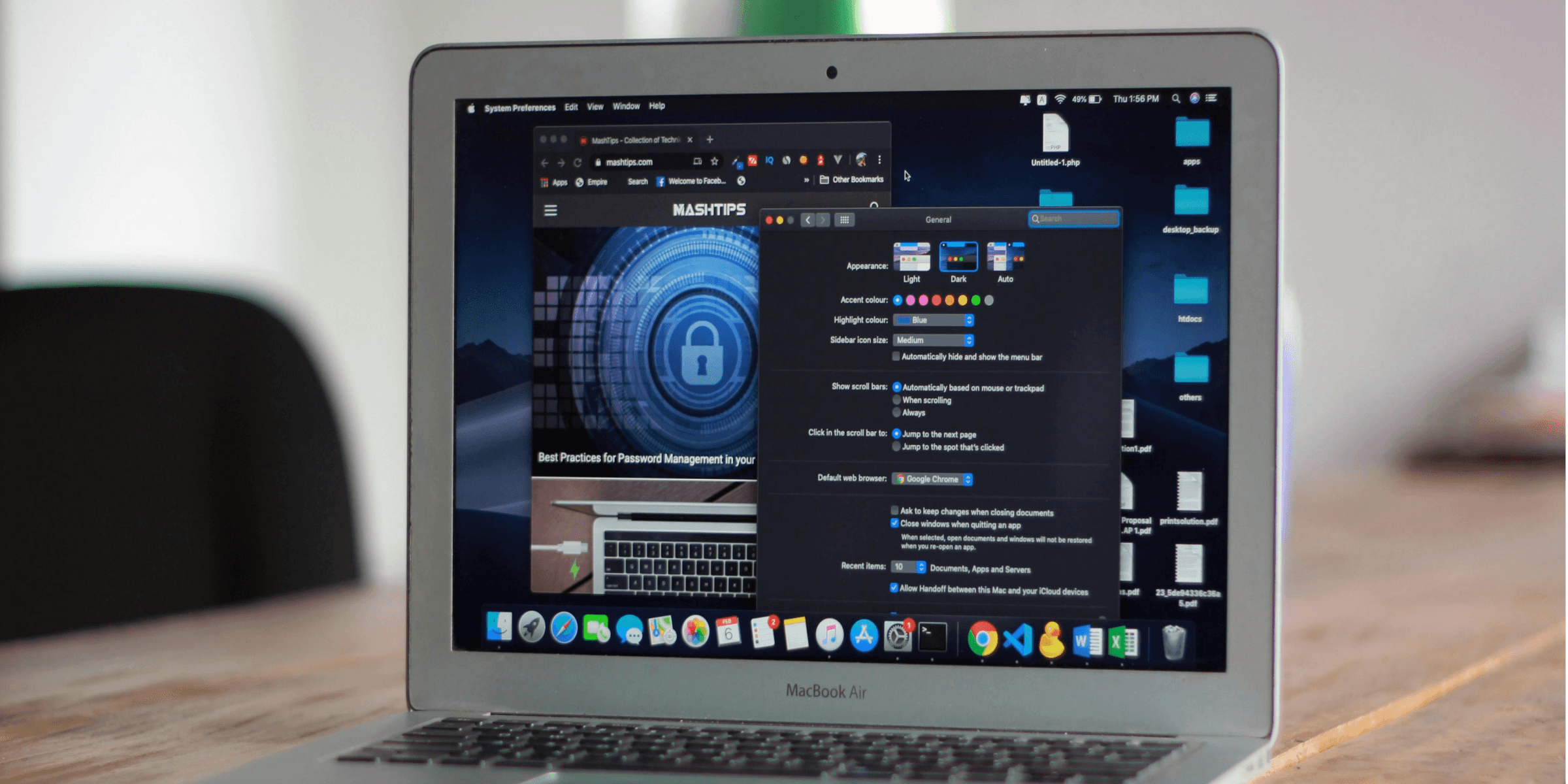Mobile Applications : The Underlying Process

" Design is the fundamental soul of a man-made creation that ends up expressing itself in successive outer layers of the product or service. " - Steve Jobs
Mobile applications have become essential tools for businesses of all sizes, from emerging startups to established enterprises. However, merely creating and launching a branded app is not sufficient to enhance your business and customer relationships. Despite the opportunities seem endless, many entrepreneurs struggle to find success. The most prosperous ones often share some common traits.
Evolution of Mobile Devices:
Mobile devices have evolved significantly beyond their initial purpose of making phone calls and sending simple messages. Today, even the most basic smartphones serve as platforms for a bunch of applications, enriching the lives of countless users. Whether offering simplicity or complexity, information or entertainment, mobile apps cater to diverse needs, improving efficiency and enjoyment for users worldwide.
The Mobile Application Development Process:
1. Task Setup & User Analysis: Before embarking on the development journey, it is crucial for designers and developers to gather comprehensive information from the client. Clear goals and objectives must be established from the outset to ensure a focused and effective creative process.
2. The Estimation Phase: Utilizing data collected during the initial stages, business analysts and sales managers can provide clients with an estimate of the project timeline and costs. However, it's important to recognize that precise estimations may evolve as the project progresses, requiring ongoing review and adjustment.
3. User & Market Research: Delving into user preferences and market dynamics is essential for crafting successful mobile applications. User research helps understand target audiences' needs and behaviors, while market research provides insights into competitive landscapes and industry trends.
4. UX Wireframing: The creation of wireframes establishes the foundational structure of the application or website, mapping out user interactions and experiences. By addressing user pain points and aligning with the product's objectives, wireframing sets the stage for intuitive and user-friendly design.
5. Prototyping: Prototypes serve as test models to evaluate the effectiveness of design decisions and functionalities. They enable designers, clients, and users to validate concepts and iterate towards optimal solutions before final development.
6. UI (User Interface) Design: User interface design focuses on crafting visually appealing and functional interfaces that enhance usability and meet user expectations. Attention to detail in aspects such as color schemes, typography, and visual elements ensures a cohesive and engaging user experience.
7. Animation: Animation in UI design should serve a purpose beyond mere decoration, enhancing usability and interaction. Careful consideration of motion elements can elevate the user experience, provided they contribute meaningfully to the product's functionality and appeal.
8. Software Architecture Planning: Scalability and robustness are paramount in mobile application architecture planning. Collaboration between design and development teams ensures the creation of a cohesive and adaptable software framework to support the app's front-end and back-end functionalities.
9. Testing: Rigorous testing is essential to identify and rectify any bugs or issues before the app is deployed to end users. Ensuring a seamless and error-free experience is critical for user retention and satisfaction.
10. App Release: The end stage of the development process is the release of the app to the intended audience. Submission to platforms like the App Store involves compliance with guidelines and may require review and approval. Timely planning and adherence to submission protocols are essential for a successful launch.
A successful mobile application development entails a meticulous and iterative process, from initial concept to final release. By prioritizing user needs, market insights, and technical excellence, businesses can create compelling and impactful mobile experiences that drive success and customer satisfaction.
For a personalized consultation and to explore budget requirements for your website or mobile app project, visit Laxaar's website for a free quote or estimate. Transform your vision into reality with a premium, well-designed digital solution tailored to your needs.
Consult us for free?
View More



